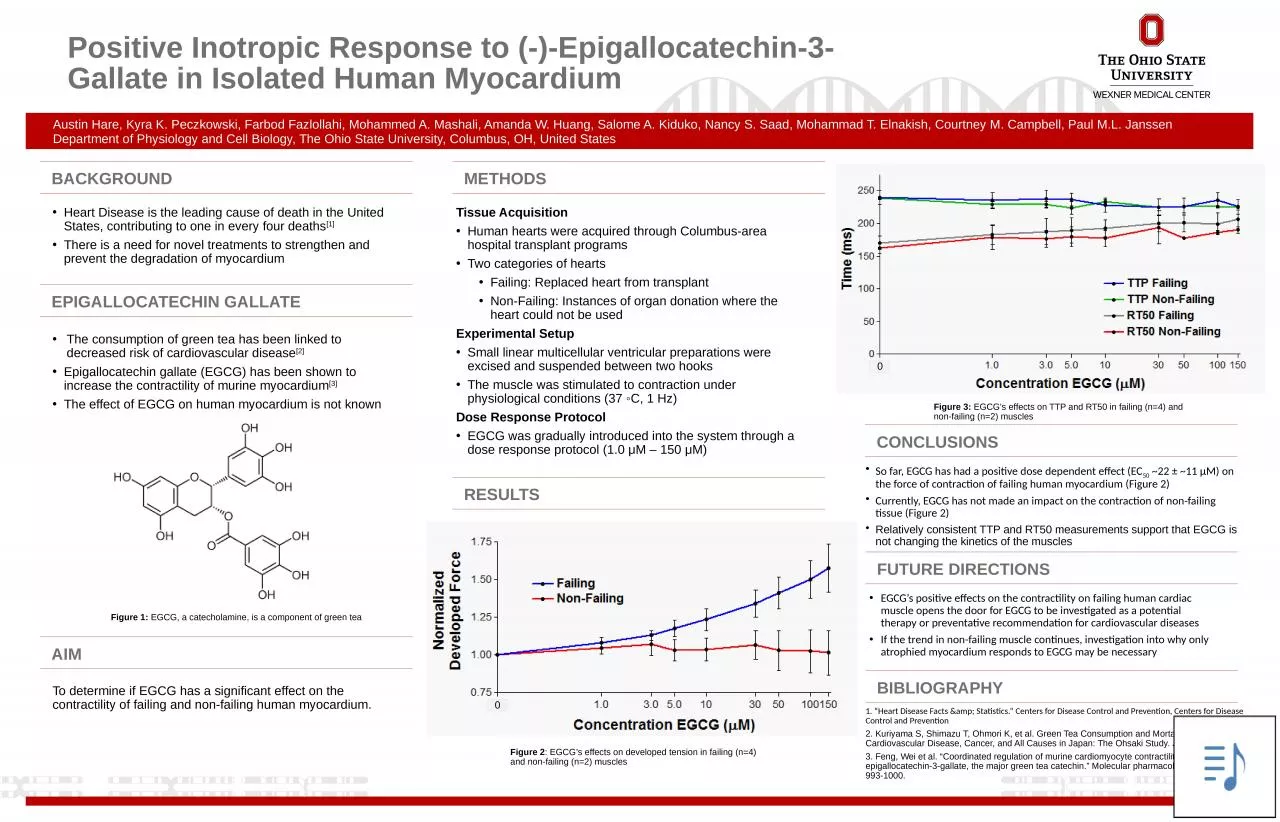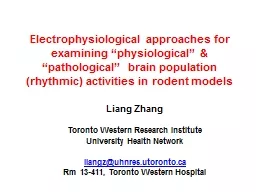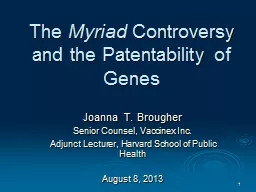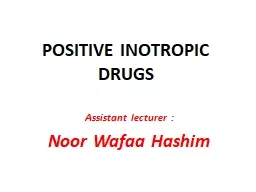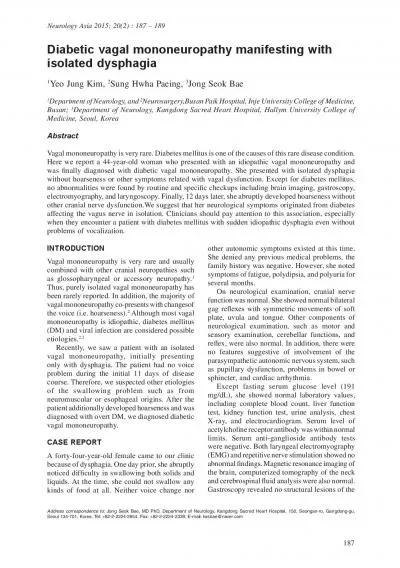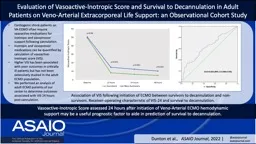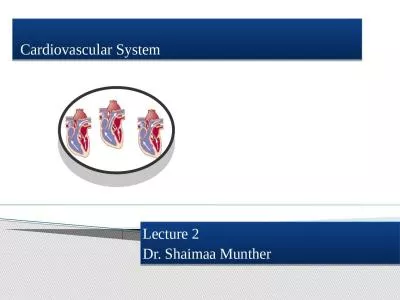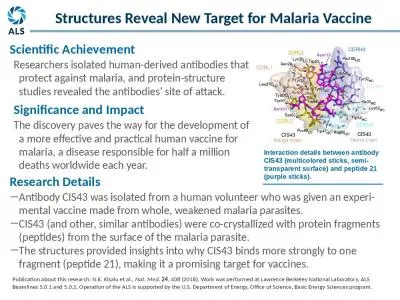PPT-Positive Inotropic Response to (-)-Epigallocatechin-3-Gallate in Isolated Human Myocardium
Author : Soulmate | Published Date : 2022-08-01
Heart Disease is the leading cause of death in the United States contributing to one in every four deaths 1 There is a need for novel treatments to strengthen and
Presentation Embed Code
Download Presentation
Download Presentation The PPT/PDF document "Positive Inotropic Response to (-)-Epiga..." is the property of its rightful owner. Permission is granted to download and print the materials on this website for personal, non-commercial use only, and to display it on your personal computer provided you do not modify the materials and that you retain all copyright notices contained in the materials. By downloading content from our website, you accept the terms of this agreement.
Positive Inotropic Response to (-)-Epigallocatechin-3-Gallate in Isolated Human Myocardium: Transcript
Download Rules Of Document
"Positive Inotropic Response to (-)-Epigallocatechin-3-Gallate in Isolated Human Myocardium"The content belongs to its owner. You may download and print it for personal use, without modification, and keep all copyright notices. By downloading, you agree to these terms.
Related Documents

